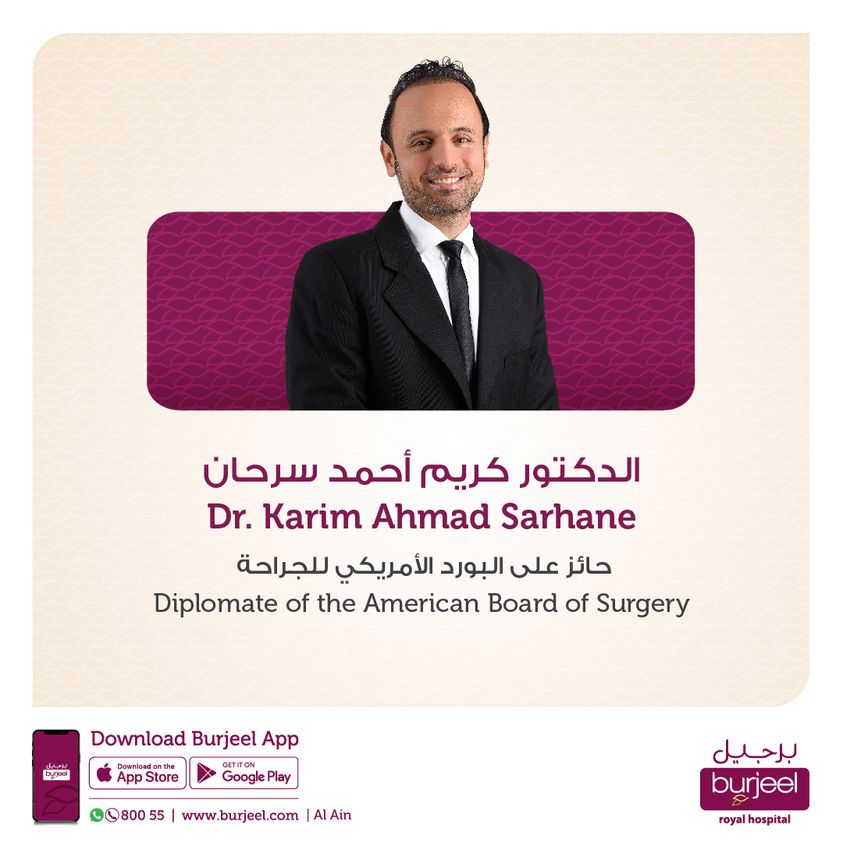
Windsurfing, also known as boardsailing, is a water sport combining surfing and sailing using a craft called a sailboard to travel over water and glide over waves. The sailboard has a sail rig and a long board with fins attached to help steer it. The sail rig harnesses wind power to move the sailboard and rider. While the sailboard usually measures from six to nine feet in length, the sail rig will vary in size depending on the the windsurfer’s preferences and skills. The sport is done both recreationally and competitively. It dates back to the 1950s when Jim Drake and Hoyle Schweitzer thought of how they could combine their individual sports (surfing and sailing, respectively) into one, leading them to make several sailboard prototypes. They patented their first sailboard in 1968, and by the 1970s, Schweitzer was mass-producing them. It soon quickly spread in popularity in North America. By the late 1970s, it had spread to Europe and became as popular as in North America. In fact, today Europe is one of the leading regions in sailboard manufacturing. As a competitive sport, windsurfers compete in slalom races, regattas, and wave sailing events. In a slalom race, the windsurfer follows a winding course and must pass between pole pairs with flags. Regattas feature sailing, speedboat, and rowing races of various types. Wave sailing is a sport where the surfer rides into waves using special gear. A windsurfer may do the sport on various water bodies and conditions, including oceans, lakes, estuaries, harbors, and large rivers. Initially, windsurfers could only surf close to the shore at slow speeds. However, sailboards have advanced in design and functionality such that windsurfers can now go into deep waters. In fact, experienced windsurfers have successfully crossed the Atlantic Ocean, often reaching speeds of 40 knots using specialized sailboards. Wherever the windsurfer chooses to surf, there must be sufficient wind to drive the sailboard across the water. Importantly, the windsurfer must also follow the rules and regulations set for varying water surfaces, since some areas may be suitable for surfing but may be reserved for other activities such as swimming. Also, the individual will need to choose the right sailboard for the chosen body of water. For instance, due to stronger winds on oceans and lakes, the recommended sailboards have sturdier and heavier sails compared to those used in rivers and estuaries where the wind is not as strong. Specialized sailboards such as those used by experienced windsurfers may not be a good choice for beginners. This is because they are difficult to control due to their specific design features. There are also different windsurfing objectives. Freeriding is done mostly for recreation and is when an individual surfs just to enjoy the ride. Other objectives are often for competition. An example is focusing on speed to win a race, or maneuverability for slalom races. Another is where windsurfers ride waves, perform acrobatic skills, and perform other creative acts to display their skills. Judges award them points based on trick mastery and finesse. Windsurfing rules and regulations help avoid accidents on water. Among them, a windsurfer must maintain a three-mast distance from other surfers and swimmers. They should also never head to the waters when there are excessively strong winds or thunderstorms, and a windsurfer sailing downwind has the right of way over a surfer moving upwind. In addition, a windsurfer sailing perpendicular to the shore has the right of way over a surfer traveling parallel to the shore. Moreover, the surfer must keep the boom, the equipment that gives the sail structural support and that the individual grips onto to steer the sailboard, at shoulder height. When combined with bending the knees rather than the waist, they can then properly control the sailboard.
Karim Sarhane, MD






















